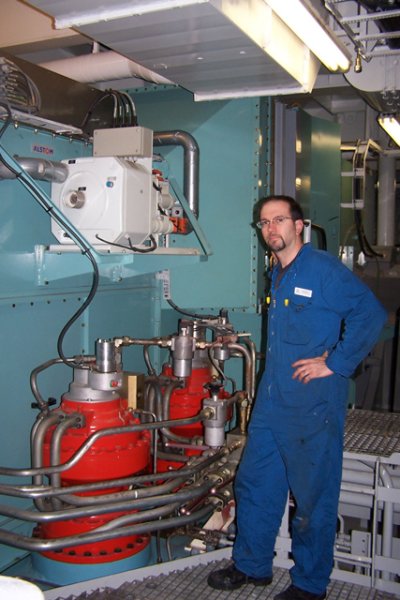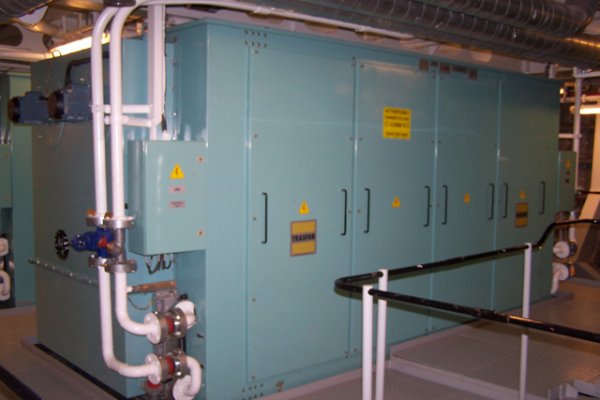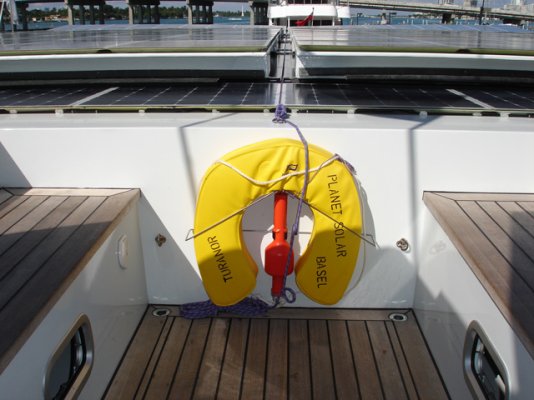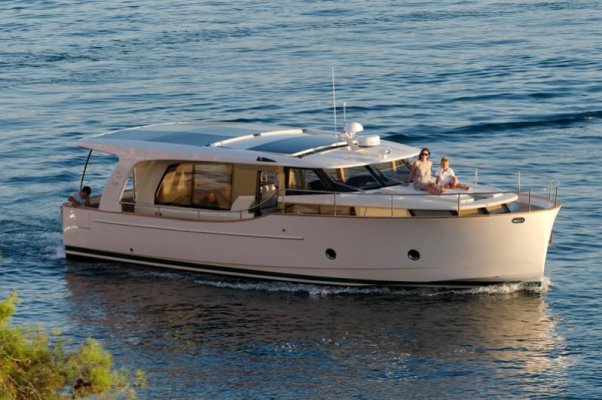That is the recommended procedure for most if not all the drive systems in our boats.
To minimize the "shock" of shifting between forward and reverse we lifted the access hatch in our main cabin many years ago and measured the length of time it takes for our prop shafts to come to a stop when the boat is shifted at idle rpm from forward to neutral and from reverse to neutral. The time will vary with the friction in the driveline, but on our boat it takes about two seconds. So whichever one of us is maneuvering the boat at idle rpm we make sure to wait three seconds or so after shifting a transmission into neutral to shift into the opposite gear.
We did the same thing when the boat was moving at cruise speed. I pulled the throttles to idle and then pulled the shifters to neutral. It took as long for the shafts to stop turning in forward to come to a stop as it did for the boat to decelerate and come to a stop. Which makes sense of course.
So we now know that when the boat is in gear and moving at anything over idle power we need to wait until the boat has come to a near dead stop in the water before shifting into the opposite gear after putting the transmissions in neutral.
Knowing what's going on under the floor with the shafts has demonstrated to us that the folks we see who are frantically sawing back and forth with the shifters on their boats trying to "save" a docking are not doing their marine gears any good as they slam from forward into reverse and then back again. Particularly if they're carrying or adding some power at the same time.
One of my goals when maneuvering our boat to or from a dock or slip is to do it with the minimum number of gear changes I can manage.








